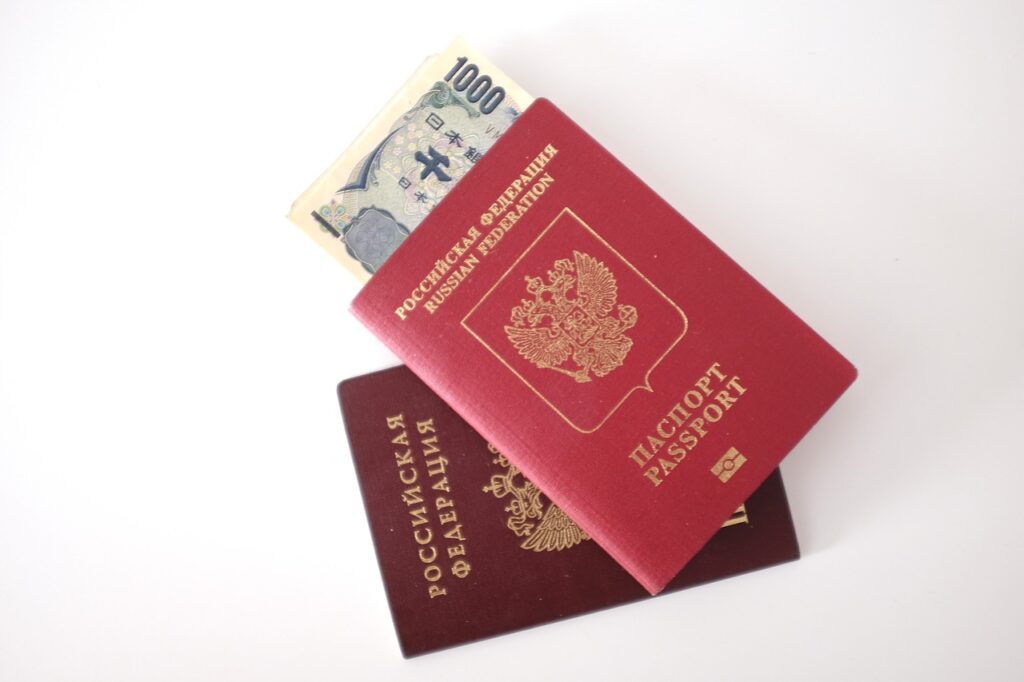How to Get A Canadian Work Permit
As you can imagine, Canada and its respective embassies get thousands of applications every year from people who are looking to get a Canadian Work Permit. Around 200,000 foreigners immigrate to the country every year in search of new jobs. In order to do this, however, work permits or work visas are mandatory. These permits allow non-Canadians to work in Canada without having to go through several tedious processes and assessments in order to relocate.
At the end of the day, most of us want to see some new places, have some adventures and experience different cultures. All that sometimes may seem a little out of reach, but not to worry! We got you covered. Here in this article, we will cover different types of work permits, how to apply for a work permit in Canada, and some of the crucial steps involved in the process.
Table of Contents
ToggleDifferent Types of Canadian Work Permits
Open Work Permit
The benefit of the open work permit is that immigrants can work for any employer in Canada, regardless of where they might be based. However, in order to make this a valid permit, the employer themselves must adhere to certain conditions. They also have to be officially registered with the government as an official business. If they don’t do so, they will be deemed ineligible to hire foreign employees under an open work permit.
Employer-Specific Work Permit
This a pretty much the same as the open Canadian Work Permit except it has restrictions on the immigrating persons. This permit stipulates that as an immigrant you can only live and work in the specific area where the work or company is. It also gives you a fixed time limit for how long you can work in the country.
“Migration is an expression of the human aspiration for dignity, safety and a better future. It is part of the social fabric, part of our very make-up as a human family.“ – Ban Ki-moon, Former Secretary-General of the United Nations
Labor Market Impact Assessment
This is a crucial aspect of getting your Canadian work permit. If you are getting an Employer-specified work permit or temporary work permit, you will have to qualify for your Labor Market Impact Assessment (LMIAs). You will need a copy of the LMIA before you can start the application process. This is document essentially acts as a mode of proof that a Canadian citizen cannot, in fact, fill the job role that you are applying for.
The process of getting this done is quite tedious and lengthy in most cases, but on the bright side, it falls on your employer to apply for it on your behalf. Once they acquire it and send you a copy, you can use it to get your application process started.

It should be noted that occupations that fall under the categories of economic, cultural, and other beneficial categories for the country don’t require an immigrant to file for the LMIA prior to the work permit application.
The Process of Getting Your Canadian Work Permit
Before you actually start applying or initiating the funds for your Canadian Work Permit, it’s important that you take note of the steps first. It can be quite a clear-cut process if all goes well. One thing that will definitely improve your chances at securing the right paperwork is to make sure that you have a job offer in hand before initiating the application process. You also need to make sure that the employer in question is eligible to hire foreign nationals.
Having said that, let’s break down the general steps or phases of the process of acquiring a work visa to Canada. Keep in mind, this will be in reference to the open work permits specifically and is meant to give you an idea of how the process is handled by visa consultants.

Phase 1:
The very first thing is the document you need to travel to any country — your passport. Either the consultants or the person processing your application at the Canadian embassy will check to see if the Passport is updated and in order. Alternatively, they could check your temporary residence visa and verify the eligibility to apply for the work visa. It’s a good idea to get this straightened out early on so that, if needed, you can get additional visas.
Phase 2:
This part of the process will be the ignition point. The jumping-off point that will get the ball rolling for the rest of the journey to getting that permit. Depending on the type of job you get, you will be required to submit different sets of documents. For example, some jobs in Canada will require you to submit proof of a formal offer letter from the company that’s hiring you, a positive labor market opinion, and of course, proof of your work experience.
On the other hand, if your job falls into one of the earlier mentioned categories that doesn’t require you to undergo the LMIA, then you might need to just provide your passport, proof of your immigration status from the country of origin, and so on. It’s all on a case-by-case basis really.
“Every moment is a fresh beginning.“ – T.S. Eliot, Poet
Phase 3:
If you are gunning for a temporary work visa application, you can do so from Canada’s Citizenship and Immigration website or through your local embassy. Coming back to the meat of the issue — the application form. The process of filling out the work permit applications is that if you fill in something incorrectly or fail to fill it out entirely then it can cause cancellations or delays in the final application. This is why it is a good idea to do this through a consultant, in order to avoid unexpected surprises.
Phase 4:
Once you have completed the application, you can proceed with the submission of the same along with any and all related documents. This submission can be done online via e-mail or in person, to the visa officer who is handling your application. Keep in mind that different applications for different visas come with varying fee structures. This is again another area where employing the aid of a consultant could prove useful.
Phase 5:
Now, you play the waiting game. The time it takes to process your application can vary depending on your country of origin. In the meantime, keep note of the changes that happen, for example, you might get a new phone number, email address, move houses, and so on.
Make sure that you keep the concerned official updated about these changes. Delays in updating the visa officer could affect your application approval.

The Last Leg!
We’re in the home stretch now. Given that all goes well, and your Canadian work permit is approved, you will receive a confirmation letter informing you about the same. Now, your next job is to get to packing and booking that plane ticket! There is one last thing though. Once you land in Canada, your work permit will be issued by the in-country customs officials.
The permit will outline your employer, the line of work you are in, the location where the work will take place and where you will stay, as well as the duration of your stay in Canada for the job. With all this in hand, you are set to begin your career in Canada!






